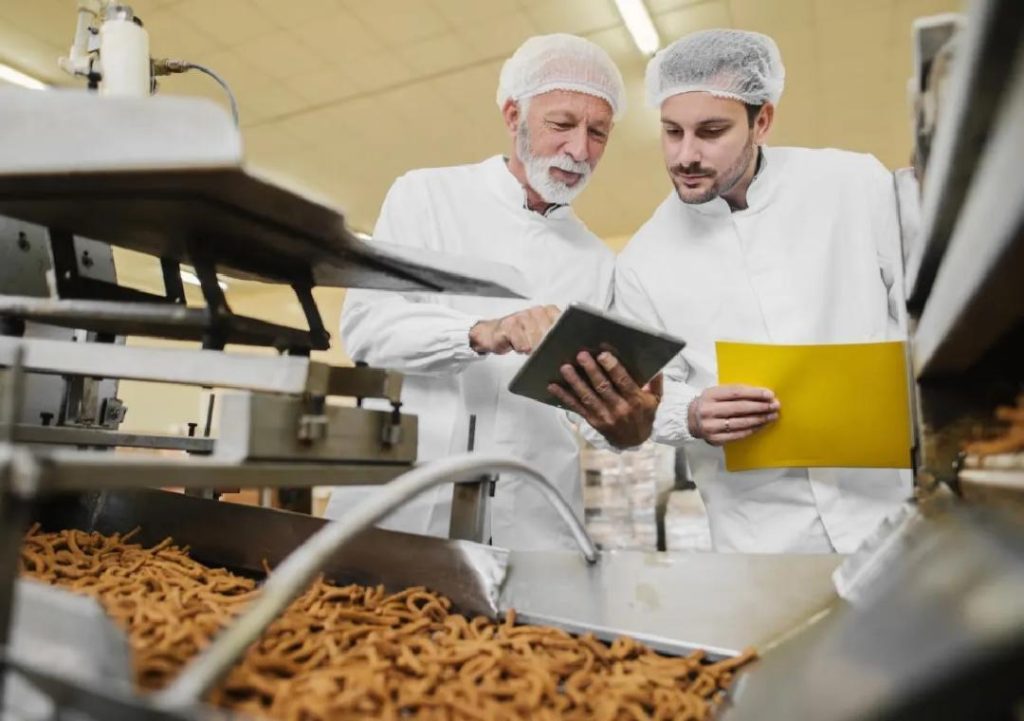
Can P&L Optimisation Redefine Success in Food Technology?
The food technology industry has undergone significant transformations in recent years, driven by the rise of e-commerce, changing consumer preferences, and increasing competition. Amidst this turbulence, profit and loss (P&L) optimisation has emerged as a crucial strategy for food technology companies to maintain profitability and stay ahead of the curve. By streamlining P&L operations with automation, smart inventory systems, and data analytics, these companies can cut waste, sharpen demand forecasting, and support better decisions.
In this blog post, we will explore the significance of P&L optimisation in the food technology industry, its benefits, and the key strategies that companies can adopt to achieve success.
The Importance of P&L Optimisation in Food Technology
Food technology companies operate in a highly competitive and dynamic environment, where margins are often thin and waste can be costly. Traditional P&L management practices, which rely on manual data entry, spreadsheets, and lagging indicators, can lead to errors, inefficiencies, and missed opportunities. In contrast, P&L optimisation enables companies to make data-driven decisions, anticipate market shifts, and respond quickly to changes in demand.
The benefits of P&L optimisation in food technology are numerous:
- Improved profitability: By identifying and eliminating waste, reducing inventory costs, and optimising pricing strategies, food technology companies can boost margins and increase profitability.
- Sustainable growth: P&L optimisation enables companies to scale efficiently, ensuring that growth is sustainable and profitable.
- Enhanced decision-making: With real-time data and insights, food technology companies can make informed decisions, respond to changes in demand, and adapt to new market trends.
- Increased competitiveness: By streamlining P&L operations, food technology companies can reduce costs, improve efficiency, and stay competitive in a crowded market.
Key Strategies for P&L Optimisation in Food Technology
To achieve success through P&L optimisation, food technology companies can adopt the following strategies:
- Automation: Implement automation tools to streamline data entry, eliminate manual errors, and reduce the time spent on financial reporting.
- Smart inventory systems: Leverage advanced inventory management systems to track inventory levels, predict demand, and optimise inventory turnover.
- Data analytics: Use data analytics tools to gain insights into sales trends, customer behavior, and market dynamics, enabling informed decision-making.
- Scalable models: Develop scalable business models that can adapt to changing market conditions, ensuring sustainable growth and profitability.
- Collaborative planning: Foster collaboration between departments, such as sales, operations, and finance, to ensure that everyone is working towards common goals.
Real-World Examples of P&L Optimisation in Food Technology
Several food technology companies have successfully implemented P&L optimisation strategies to achieve significant benefits. For example:
- Meal kit delivery service: A meal kit delivery service used automation to streamline order fulfillment, reducing errors and increasing efficiency. The company also implemented a smart inventory system to track ingredient levels and predict demand, ensuring that products were always in stock.
- Food e-commerce platform: A food e-commerce platform used data analytics to gain insights into customer behavior, enabling the company to optimize product offerings, pricing, and marketing campaigns.
- Food processing company: A food processing company implemented a scalable model that enabled the company to adapt to changing market conditions, ensuring sustainable growth and profitability.
Conclusion
P&L optimisation is a critical strategy for food technology companies to maintain profitability and stay competitive in the industry. By streamlining P&L operations with automation, smart inventory systems, and data analytics, companies can cut waste, sharpen demand forecasting, and support better decisions. By adopting scalable models and fostering collaborative planning, food technology companies can achieve sustainable growth, boost margins, and redefine success in the industry.
Source:
https://www.growthjockey.com/blogs/p-and-l-operations-in-food-tech






